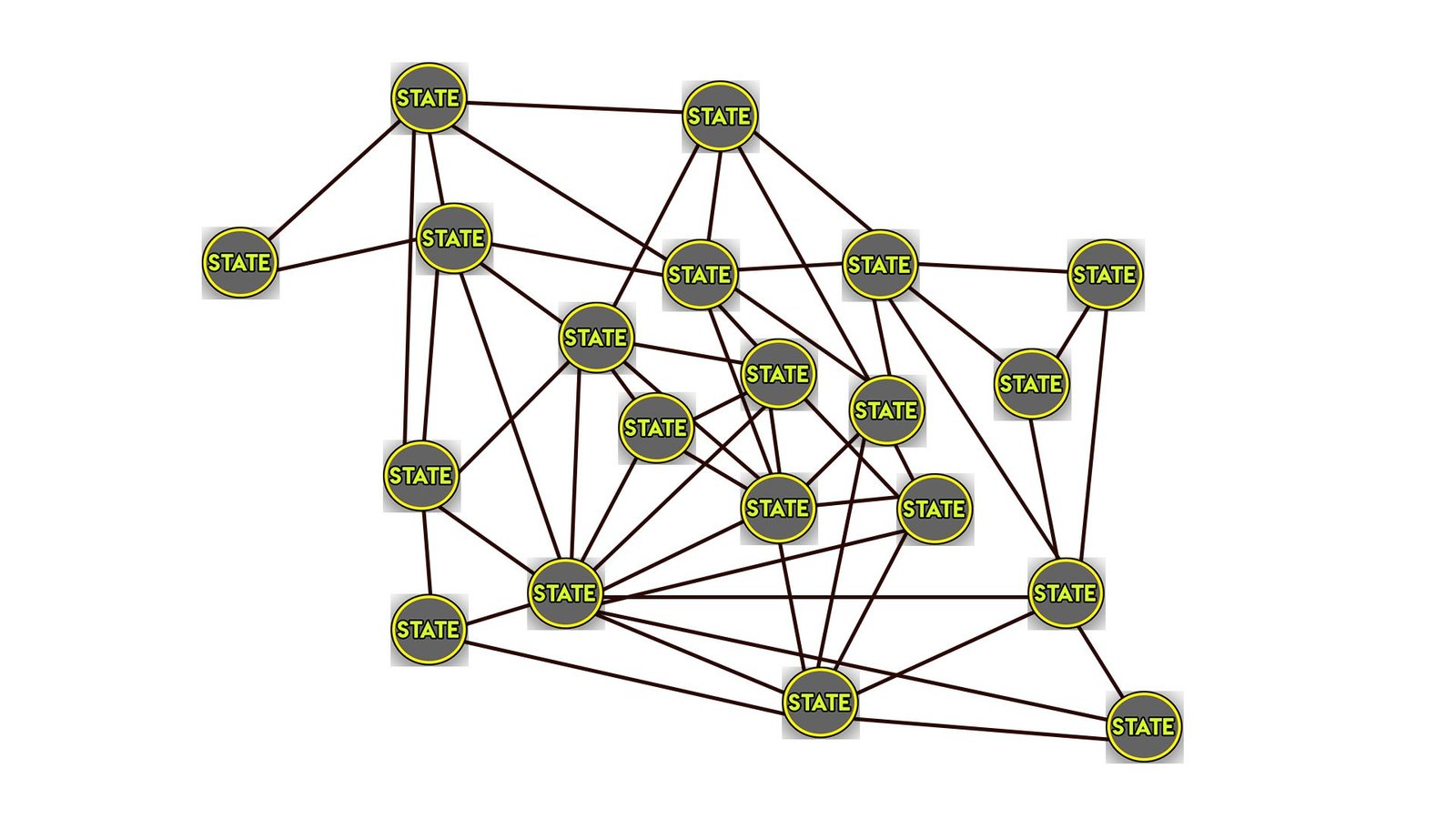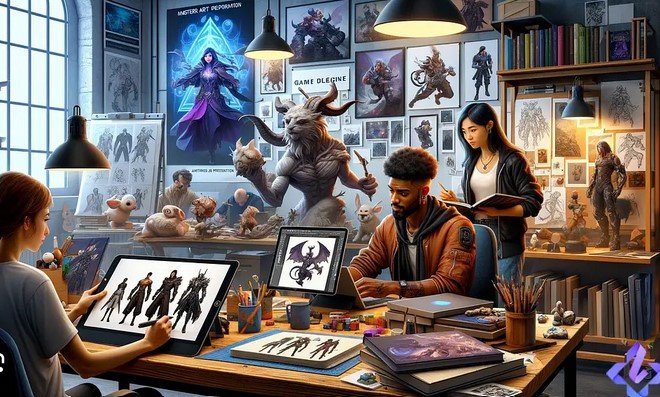Geometric algorithms are fundamental to the development of video games, providing essential solutions for creating realistic and engaging experiences. From the very first steps in game design, geometric principles shape everything from the environment to player movement and interactions. Whether you’re navigating vast open worlds, solving puzzles, or battling enemies, geometric algorithms are silently at work behind the scenes to make gameplay smooth, immersive, and realistic. This article explores the various ways geometric algorithms enhance video games and their importance in modern game development.

Collision Detection and Response
One of the most crucial aspects of video game physics is collision detection. Geometric algorithms help determine when and where objects in a game world intersect or collide. This is vital for ensuring that characters don’t walk through walls, objects interact realistically, and characters respond accurately when they hit other surfaces.
- Bounding Boxes: Many games use simple geometric shapes like rectangles or spheres to approximate the boundaries of objects. These shapes are then tested for intersections using algorithms that detect whether two objects have collided.
- Complex Collisions: For more complex objects, such as characters with irregular shapes, algorithms like ray-casting and mesh intersection are used. These methods trace the path of an object and check for collisions with other surfaces or objects in 3D space.
Pathfinding and AI Navigation
Geometric algorithms are essential in guiding both non-player characters (NPCs) and players through the game world. These algorithms are responsible for figuring out the best route to take from one point to another while avoiding obstacles or enemies. Pathfinding is particularly important in open-world games, strategy games, and any game involving artificial intelligence (AI).
- A (A-Star) Algorithm*: One of the most commonly used algorithms for pathfinding, A* efficiently finds the shortest path between two points on a grid or map. It considers both the distance to the goal and the cost of moving through each space, ensuring characters find the optimal route.
- Navigation Meshes (NavMeshes): These are simplified representations of the game world’s walkable surfaces. By breaking the environment into smaller, easier-to-navigate regions, geometric algorithms help AI characters find paths through complex terrains, such as cities or forests.
Realistic Terrain Generation
The creation of realistic, expansive environments is a key part of modern gaming. Geometric algorithms help generate complex terrains like mountains, valleys, forests, and oceans. These algorithms create landscapes that look both realistic and navigable.
- Perlin Noise: Perlin noise is a popular algorithm used for generating natural-looking landscapes, particularly for terrain. It produces smooth, random variations that mimic the irregularity found in natural features like hills and forests.
- Voronoi Diagrams: These are used to create a partition of space into regions based on distance to a set of seed points. In games, Voronoi diagrams are used for procedural terrain generation, creating environments that feel varied and realistic.
Through these algorithms, developers can create vast, open-world environments that players can explore without manually designing each feature, offering an ever-changing, dynamic experience.
3D Modeling and Rendering
The development of 3D models and the rendering of these objects in real-time video games rely heavily on geometric algorithms. These algorithms are used to define how objects are shaped, textured, and displayed in the game world.
- Polygonal Modeling: Objects in a game world are made up of polygons, and algorithms help define how these polygons are arranged to create complex shapes. Efficient handling of these polygons is essential for rendering high-quality 3D models at a fast rate.
- Ray Tracing: This is a technique used for rendering realistic lighting effects by simulating the path of light as rays that interact with surfaces. Geometric algorithms are used to determine how rays of light bounce and reflect off different objects in the environment, creating lifelike lighting, shadows, and reflections.
These algorithms ensure that 3D objects and scenes are rendered efficiently, making it possible for games to look realistic without sacrificing performance.
Conclusion
Geometric algorithms are indispensable to video game development, enabling realistic environments, efficient pathfinding, fluid animations, and immersive experiences. From the creation of expansive terrains to improving character interactions and optimizing performance, these algorithms form the backbone of modern game design. As games continue to evolve, the role of geometric algorithms will only become more essential in pushing the boundaries of what’s possible in gaming technology. For both developers and players, these algorithms enhance the overall experience, making games more immersive, dynamic, and enjoyable.




